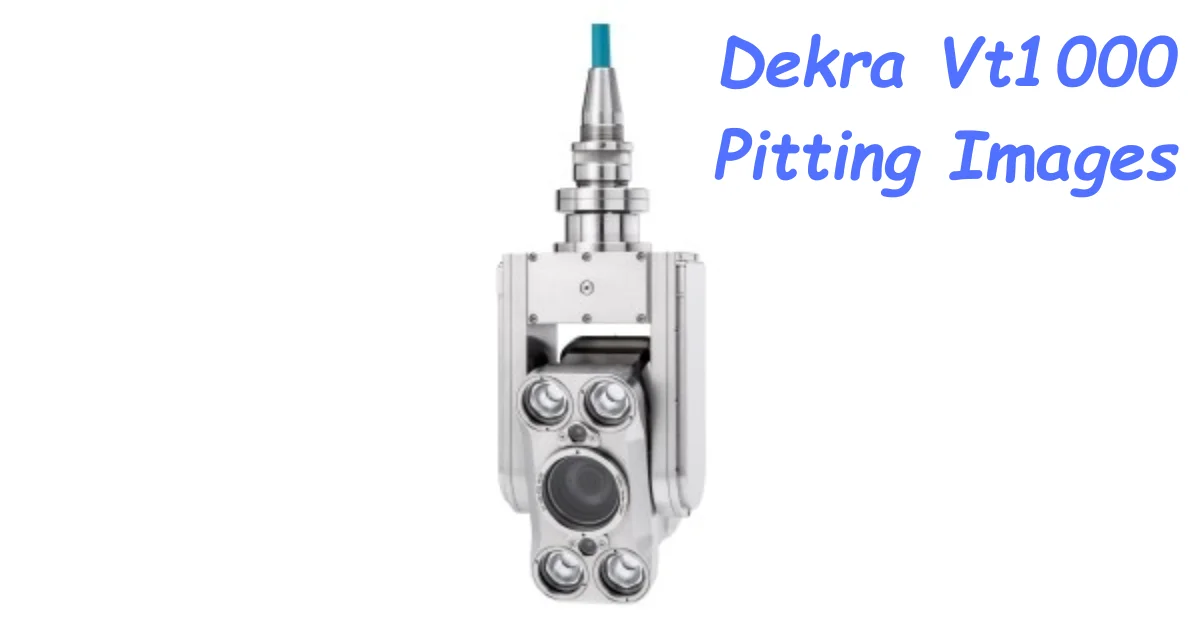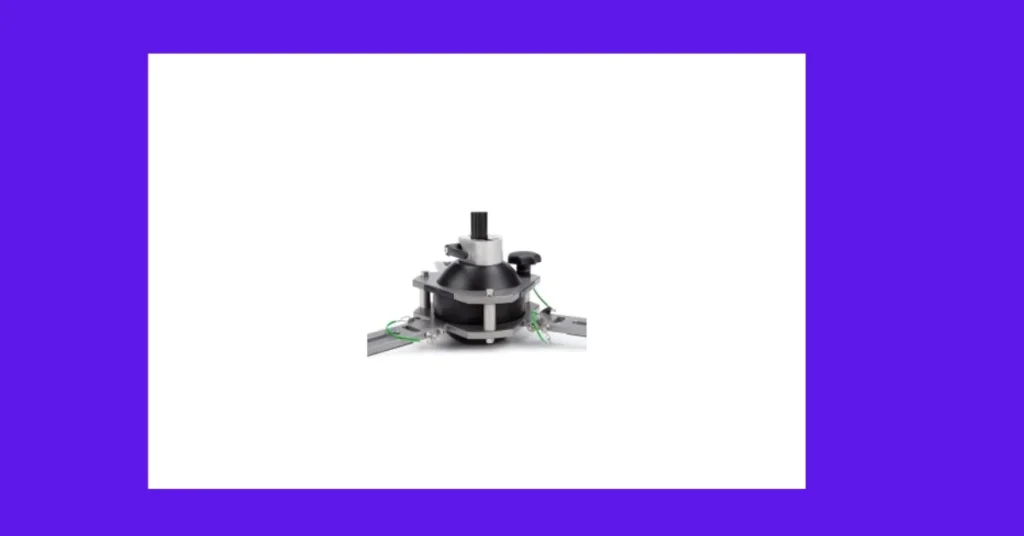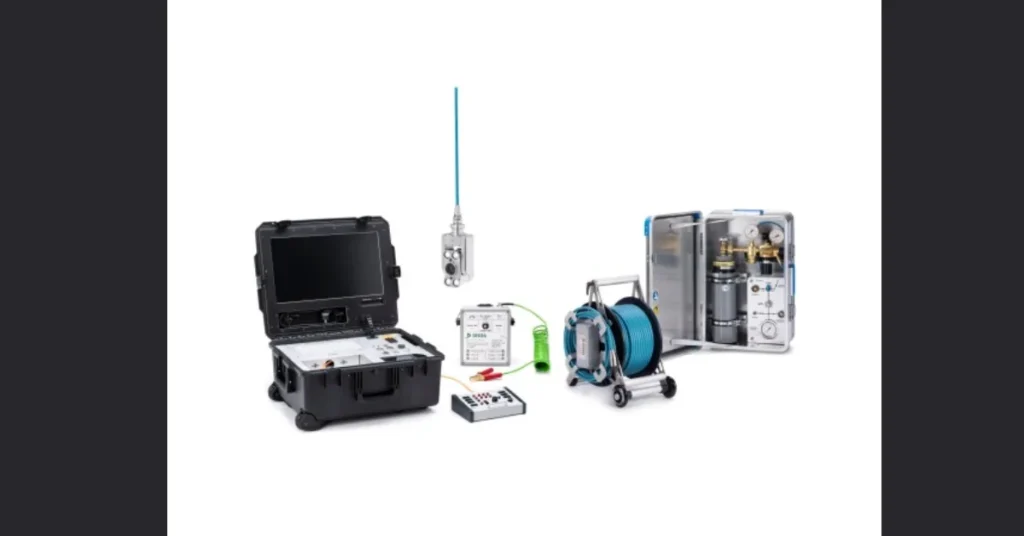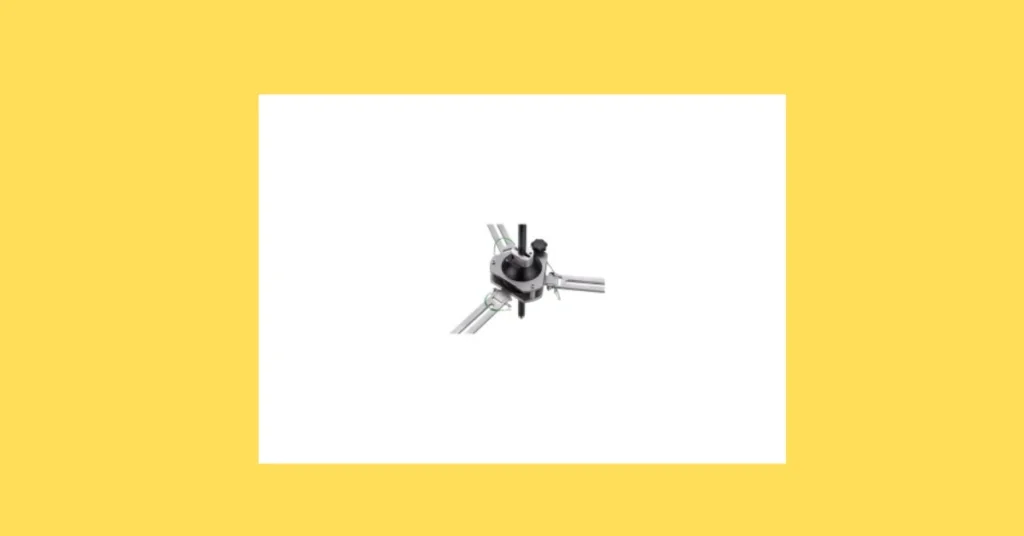Curious about DEKRA VT1000 pitting images and why they’re important? You’ve come to the right place. Whether you’re in the automotive industry, manage a fleet, or just want to learn more about vehicle safety inspections, the DEKRA VT1000 provides valuable insights. In this post, I’ll explain what the DEKRA VT1000 is, why pitting images matter, and how they help maintain vehicle safety. By the end, you’ll clearly understand how this tool works and why it’s a game-changer in vehicle inspections.
What is the DEKRA VT1000?
The DEKRA VT1000 is a cutting-edge vehicle inspection tool designed to assess the condition of critical components such as tires and brakes. Developed by DEKRA, a global leader in safety and testing, this tool is particularly useful for detecting wear and tear in commercial fleets.A key feature of the VT1000 is its capability to capture high-resolution images that reveal pitting—small depressions or wear patterns on vehicle components like brake discs and tires, which can compromise safety and performance.
Why Are Pitting Images Important?
Pitting images provided by the DEKRA VT1000 are essential for spotting early signs of wear that might be invisible to the naked eye. These images facilitate thorough inspections, helping identify potential issues before they escalate. For example, pitting on brake discs can impair braking efficiency, increasing the risk of accidents.Utilizing these images allows fleet managers, mechanics, and drivers to better assess the vehicle’s condition and take proactive measures to repair or replace parts as needed.
The Role of Pitting Images in Vehicle Safety
Importance of Early Detection
Pitting is more than just a cosmetic concern; it signifies potential underlying problems. Early detection through pitting images can prevent severe vehicle malfunctions, such as brake failure or tire blowouts. By employing the DEKRA VT1000, technicians can identify these imperfections during routine inspections, thereby mitigating risks associated with worn-out parts.
Assessing Structural Integrity
The DEKRA VT1000 plays a critical role in assessing the structural integrity of a vehicle. With its superior imaging capabilities, technicians can scrutinize brake discs and tires to determine their health and functionality. This level of detail ensures that vehicles remain roadworthy and safe for drivers and passengers alike.
Advantages of Using the DEKRA VT1000
Enhanced Vehicle Safety
The DEKRA VT1000 significantly enhances vehicle safety by enabling the early detection of pitting and other potential issues. This proactive approach ensures that critical vehicle systems function properly, thereby reducing the likelihood of accidents caused by component failures.
Cost-Efficiency in Repairs
Detecting wear and damage early often leads to more cost-effective repairs. By addressing issues promptly, technicians can perform minor repairs instead of major overhauls, thus saving on repair costs and extending the lifespan of vehicle components.
Streamlined Inspection Process
Compared to traditional inspection methods, the DEKRA VT1000 accelerates the inspection process. Its automated features provide fast, precise results, thereby reducing vehicle downtime and increasing operational efficiency. This prompt service is invaluable for fleet managers who require quick turnarounds.
Compliance with Safety Regulations
For businesses managing fleets, the DEKRA VT1000 helps ensure compliance with safety regulations. Through thorough inspections, businesses can adhere to stringent industry standards, avoiding fines and enhancing their operational reliability.
Common Causes of Pitting
Understanding Pitting
While employing advanced tools is vital, understanding the causes of pitting is equally important in preventive maintenance. Common factors include:
- Corrosion: Exposure to moisture can lead to rust and pitting, particularly on brake discs.
- Excessive Heat: Frequent braking generates heat that can weaken metal surfaces, resulting in pitting.
- Debris Accumulation: Small particles, such as dirt and rocks, can lead to pitting if not regularly cleaned.
- Aging Components: Over time, vehicle parts naturally undergo wear and tear, increasing the likelihood of pitting.
Read More: Flicknest.Guru
Proactive Measures to Mitigate Pitting Risks
Regular Inspections
Conducting regular inspections is paramount in identifying early signs of pitting. Using the DEKRA VT1000 enhances detection capabilities, allowing for timely interventions that prevent minor issues from escalating.
Maintaining Cleanliness
Ensuring that vehicle components are clean and dry is crucial to preventing pitting. Regular maintenance can help eliminate debris that contributes to wear.
Investing in Quality Parts
Quality vehicle components are more resilient against wear and environmental factors, thus reducing pitting and extending the life of critical parts. Fleet managers should prioritize using high-quality parts to ensure reliability.
Protecting Against Corrosive Elements
To maintain component integrity, vehicles should be protected from corrosive substances. Employing protective coatings and reducing exposure to harmful chemicals can significantly enhance component durability.
Interpreting DEKRA VT1000 Pitting Images
Interpreting pitting images may seem challenging, but it’s relatively straightforward. These images typically show small, crater-like indentations on surfaces such as brake discs or tires.Although these pits might appear minor, they can lead to significant damage if not addressed. For instance, pitting on a brake disc can cause uneven braking, while pitting on a tire can result in a blowout at high speeds.When analyzing these images, look for patterns and clusters of pits, as these indicate areas under more stress or wear that should be prioritized for maintenance.
How the DEKRA VT1000 Works
Understanding the operational workflow of the DEKRA VT1000 enhances our appreciation of its effectiveness in inspections.
Scanning
The inspection process commences with a thorough scan of essential vehicle components, including brakes and tires. This step is critical in pinpointing early signs of wear.
High-Resolution Imaging
Following the scan, the VT1000 captures high-resolution images that expose any signs of damage, such as pitting or cracks.
Advanced Image Analysis
Utilizing sophisticated software, the images are analyzed to identify areas of concern accurately. This analysis highlights potential risks that require immediate attention.
Comprehensive Reporting
After analysis, the DEKRA VT1000 generates user-friendly reports summarizing its findings. These reports assist technicians and fleet managers in making informed decisions regarding repairs.
Enhancing Accuracy and Efficiency
By automating the inspection process, the DEKRA VT1000 minimizes human error, ensuring consistent and reliable results.
How to Prevent Pitting in Your Fleet
Preventing pitting involves proactive maintenance strategies. Regular inspections, especially with tools like the DEKRA VT1000, can help identify pitting before it leads to more significant issues. Additionally, keeping components clean and free from debris can reduce the risk of pitting.Using high-quality parts and ensuring vehicles are not exposed to excessive moisture or corrosive materials can also extend the lifespan of components and minimize the likelihood of pitting.
FACTS
- Purpose of DEKRA VT1000: The DEKRA VT1000 is designed for visual inspection, often using advanced imaging technologies to assess the condition of surfaces. It can help identify pitting and other surface irregularities that might not be visible to the naked eye.
- Pitting: Pitting is a localized form of corrosion that creates small, often deep, pits on the surface of a material. These pits can be detrimental to the integrity of the material, especially in structural applications.
- Imaging Techniques: The DEKRA VT1000 may use high-resolution cameras or other imaging techniques to capture detailed images of surface defects. This allows for precise measurement and analysis of pitting.
- Applications: The device is used in various industries, including aerospace, automotive, and manufacturing, where surface integrity is crucial. Identifying pitting early can help prevent failure and extend the lifespan of components.
- Analysis: Images captured by the DEKRA VT1000 can be analyzed to assess the severity of pitting, which helps in determining whether repairs or replacements are needed.
FAQs
What is the DEKRA VT1000?
The DEKRA VT1000 is a non-destructive testing device that uses advanced imaging techniques to detect surface defects like pitting on materials. It is widely used in industries to assess the condition of critical components.
What is pitting?
Pitting is a localized form of corrosion that creates small holes or cavities (pits) on the surface of a material. These pits can weaken the material and lead to failure over time if not addressed.
How does the DEKRA VT1000 detect pitting?
The DEKRA VT1000 uses high-resolution cameras and other imaging technologies to capture detailed surface images. These images reveal any pitting or other surface irregularities, allowing for precise analysis.
What industries use the DEKRA VT1000 for pitting detection?
The device is commonly used in industries such as aerospace, automotive, manufacturing, and oil and gas, where material integrity is crucial for safety and performance.
Why is early detection of pitting important?
Early detection of pitting helps prevent material failure, which could lead to equipment breakdowns, safety hazards, or costly repairs. Identifying pitting early allows for timely intervention, such as repairs or replacements.
Conclusion
The DEKRA VT1000 is a valuable tool for non-destructive testing, particularly effective in identifying surface defects like pitting. Through advanced imaging techniques, it provides detailed visuals of surface irregularities, enabling precise analysis.
Keep In Touch With: Truenetworth.Org!



